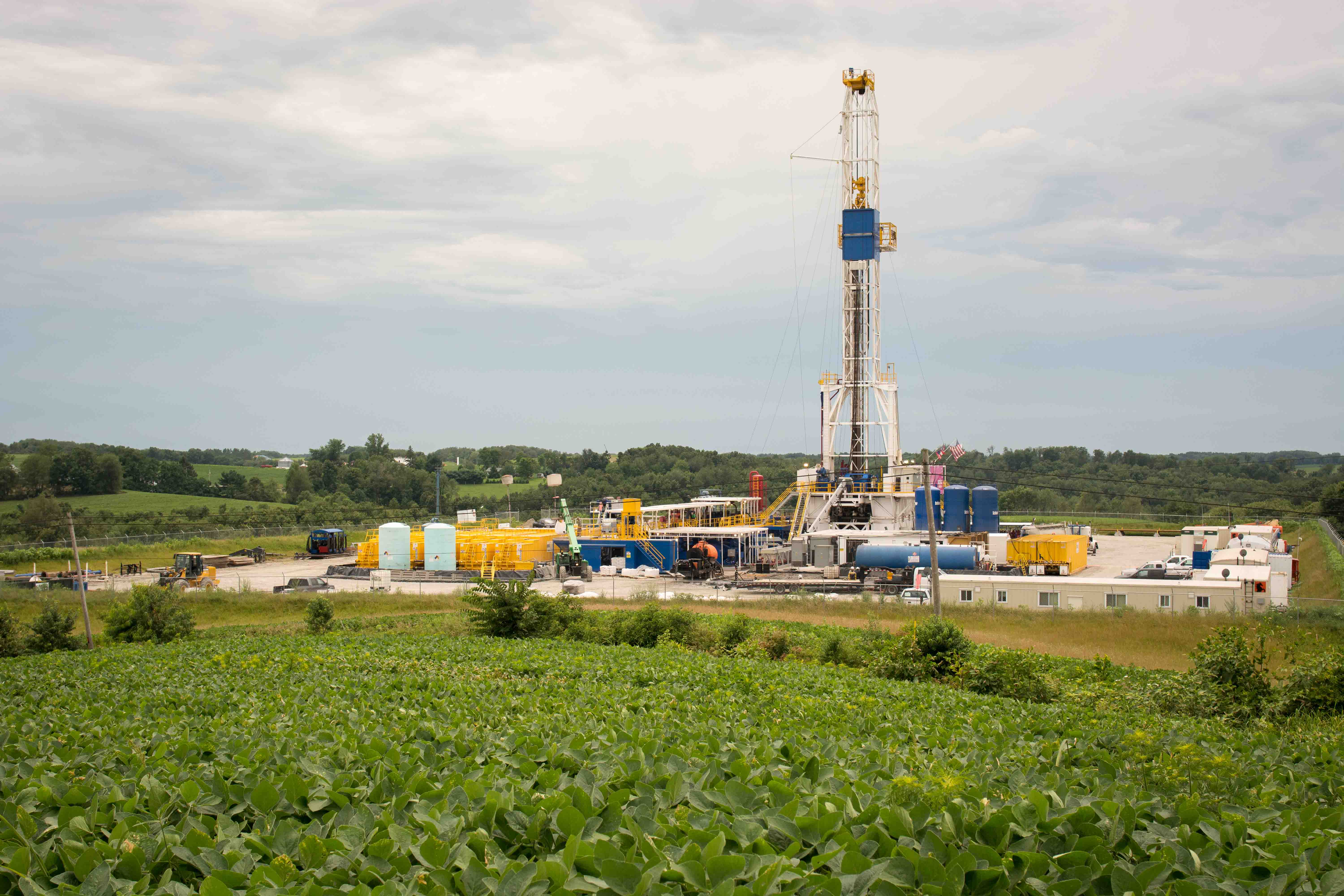A recent IHS CERA study confirmed what many observers already know. Namely, that a growing U.S. oil and natural gas industry is lifting the economic prospects of millions of Americans in areas where it’s occurring.
Specifically, the review found that shale development has already created 1.2 million jobs. What’s more? That number is expected to grow to 3.3 million in just seven years. That’s welcome news for states like Michigan and Indiana that have struggled to regain jobs lost during the economic downturn.
In the Wolverine State, unemployment has actually increased in recent months and now stands at a lofty 8.8 percent. Meanwhile, the Hoosier State’s unemployment rate remains at a stagnant 8.4 percent.
Luckily, both states have largely untapped shale basins that can provide a much-needed economic boost. Michigan hosts the Antrim and Indiana overlays the New Albany Shale, two resources that hold significant economic potential. In Michigan alone, studies have shown that development could support more than 46,000 jobs by 2020.
However, what’s most promising for these states is a little noticed trend. Where shale development has increased, so too has the economic well-being of middle class families.
In the Eagle Ford Shale, a San Antonio Express-News review found that counties hosting development saw an average increase in per capita income of 13.62 percent between 2008 and 2011. For comparison, Texas saw a 1.3 percent increase over that time.
In Pennsylvania, Marcellus Shale development supports over 239,000 jobs. More than 30,000 of these jobs pay upwards of $80,000 per year. This exceeds average wages for all other industries by nearly $35,000. It even exceeds the Keystone State’s average household income of $51,651 according to the 2010 Census.
It’s also worth noting that a burgeoning natural gas industry also boosts manufacturing jobs; a long-time staple of the Midwest economy. In fact, a Washington Post feature earlier this year noted the shale boom is driving overseas industry to the United States in droves.
Since a manufacturing renaissance would be good news for Michigan and Indiana as the industry accounts for 12 percent and 16 percent of the workforce, respectively, Consumer Energy Alliance has recently been working to educate consumers in Michigan and Indiana on the positive impacts that shale resource development could offer.
In addition to shale resource development increasing wages and well-paying jobs, it’s also decreasing expenses for most Americans.
According to a recent IHS CERA study, the average U.S. family gained $1,200 in discretionary income last year thanks to reduced natural gas prices. This is especially true where development is taking place. In Pennsylvania, shale development reduced ratepayers’ bills by $3,200 over the past few years.
While shale development is lifting our communities, it’s also increasing our nation’s energy security. Just this past week, a review by the Energy Information Administration found that U.S. oil production reached its highest level in over 24 years this month. To provide some needed context, Texas is now producing more oil than Iran and six other OPEC nations. It goes without saying this is making our nation more secure. In fact, the Energy Information Administration found the U.S. met 87 percent of its own energy needs during the first five months of 2013.
All of this lines up to create a very welcoming environment for the U.S. economy and consumer. After all, nearly every sector of the economy relies on affordable and reliable energy supplies. That’s especially true in the Midwest where so much of the economy is dependent on manufacturing, agriculture and reliable and affordable transportation networks.
Taken together then, a pretty clear picture emerges. Namely, a growing and well-regulated shale industry holds significant promise for middle class families and manufacturing in the nation’s heartland.
Originally posted at FuelFix.com

